INTRODUCTION TO KAYAKUMESHI
Kayakumeshi is one of Japan’s five great rice dishes (日本五大銘飯) and is a representative food from Osaka prefecture. Kayakumeshi is the kind of thing that one would expect Osaka people to think. With its cooked rice and additional vegetable ingredients as the main reason.
If we are talking about Japan, rice is in association with their culture. Rice is so important in Japanese society. It became the essence of their culture. Hence, a bowl of cooked rice is a central part of traditional Japanese meals. The cooked rice called “Gohan” or “meshi” is a staple food that has become part of its diet. Japanese eat this regularly and even daily.
There are other Meshi or cooked rice dishes that you can find in other prefectures. Some of these are Fukagawa-meshi and Shinagawa-meshi in Tokyo and Atsumeshi in Oita prefecture. If you are looking for the traditional representative food of Osaka, you can find it here.
WHAT IS KAYAKUMESHI?
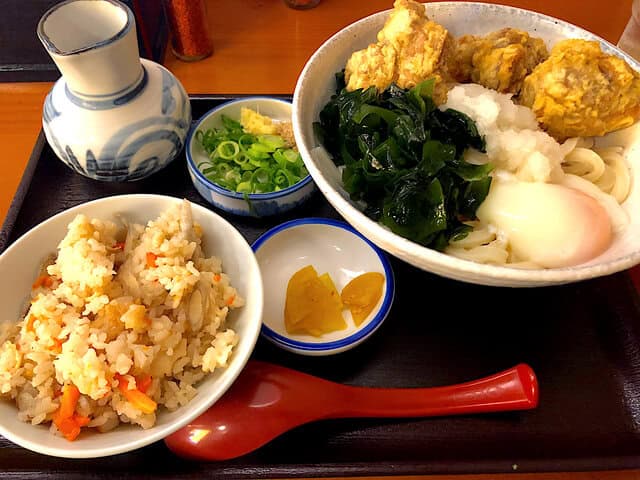
Kayakumeshi is a traditional food in Osaka prefecture. It is also one of Japan’s five great rice dishes together with Fukagawa-meshi in Tokyo. Kayakumeshi has different names depending on every region or dialect. You can call it Gomoku meshi or Takikomi Gohan. You can make this by cooking vegetables with rice with seasonings. “Kayaku” is about any herbs that match rice.
There is a reason why “Kayakumeshi” has become so popular among the ordinary people in Osaka. It is because they liked the logical place where they could use abundant ingredients without waste. But of course, the main reason is that it’s delicious.
Kayaku meshi serves as both rice and side dishes. It contains varieties of ingredients, and the rice has unique umami. You can eat it all year round, and it needs no special ingredients. On top of that, it’s cheap to make. It has an assortment of ingredients such as carrots, burdock root, thin deep-fried tofu, konnyaku, shiitake mushrooms, and chicken.
ETYMOLOGY
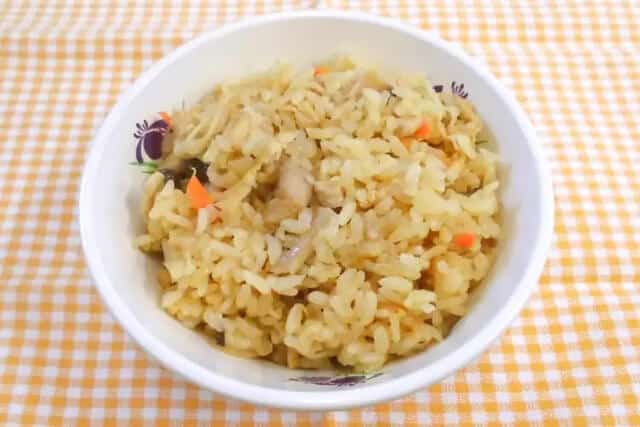
Two root words compose the word “Kayakumeshi.” Kayaku and Meshi are therefore forming the word “Kayaku rice”. Meshi (ã‚ã—) is meal or cooked-rice, and often in its hiragana form (メシ).
In Kanji, the term “Kayaku (åŠ è–¬)” means “additional medicine” or “additional role”. Initially, it is a Chinese term, which means an auxiliary medicine that enhances nutritional value and improves Chinese medicinal properties. But in Kansai-ben or dialect, written as (ã‹ã‚„ã) meaning meat, fish, vegetables, etc., added to rice or udon.
KAYAKUMESHI HISTORY
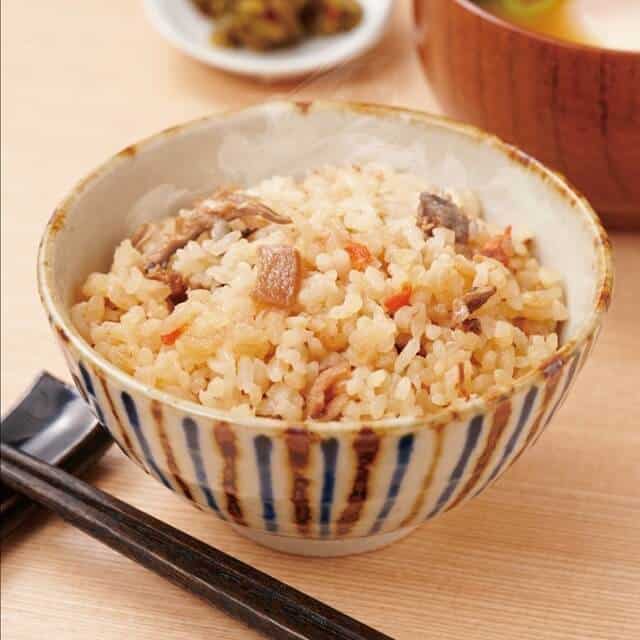
The history of cooked rice dates back to the Nara period. At that time, “foxtail millet” mix with rice to therefore increase its amount. Cooked rice mixed with burdock and carrot called “Kayaku rice” in Osaka and Kansai. The dish started with mixing ingredients to save rice when there is not enough rice to harvest. The rationality of using leftovers from home as ingredients are the reasons why the merchant town of Osaka loves this dish.
During the Muromachi period, they used rice as one of the dishes. “Hohan” eaten with seasoned vegetables on white rice and sprinkled with soup became popular among monks and upper classes. And that its origin just changed its shape and spread to the ordinary people.
“Kayakumeshi” is a name for a rice dish with lots of vegetables and meats in Osaka, generally called Gomokugohan, Mazegohan, and Takikomigohan. Kayakumeshi is a dish loves by the Osaka people because it is such a “rational” dish that it still tastes good even cold. It also does not require any other side dish because of the various ingredients and cooked with any leftover vegetables.
KAYAKUMESHI RECIPE
Kayakumeshi recipe consists of chicken, burdock root, carrots, fried tofu, konjac, hijiki seaweed, dried shiitake mushrooms, etc. They also seasoned the rice with salt, soy sauce, soup stock, and sake.
HOW TO MAKE KAYAKUMESHI?
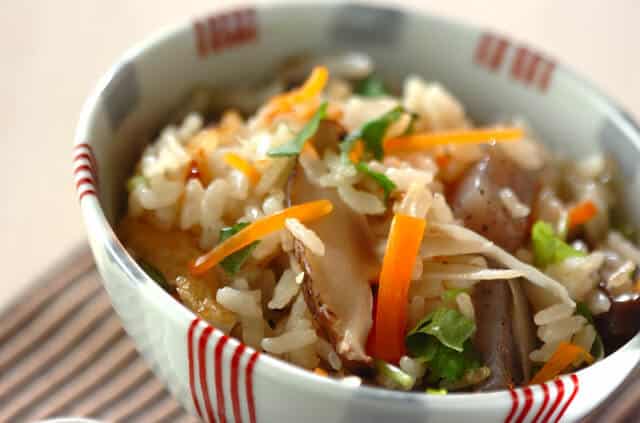
Kayakumeshi is rice-made by cooking ingredients with rice. By simply adding finely chopped ingredients, an appropriate amount of soup stock, water, sake, soy sauce, etc., to rice. These ingredients can be chicken, konjac, carrots, fried tofu, etc. You can cook this with clay pots, rice cookers, rice cookers, etc. In the case of a pot, put it on medium heat, and when it boils, reduce the heat. Please put it on the heat for 14 minutes, remove it from the heat and steam it for 10 minutes.
When people gather or go out, they make this and eat it. They put seasonal ingredients such as bamboo shoots and mushrooms come out in spring and autumn, athletic meet, rally, and excursion.
DIFFERENCE BETWEEN KOME, MESHI, AND DON
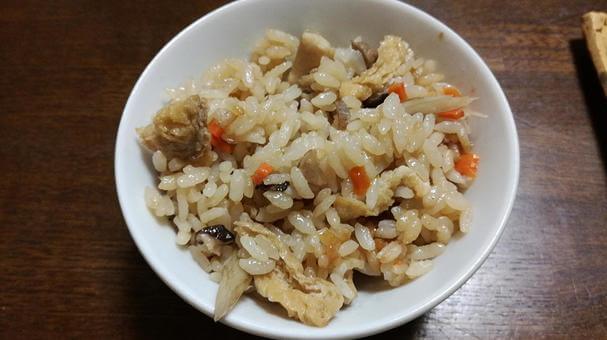
The word “Kome (ç±³)†literally means rice in Japanese and refers to uncooked rice. Subsequently, “Gohan (ã”飯)†and “Meshi (飯)†are the Japanese words for cooked rice and refer to a meal in general. The term “Don (丼)†is a suffix in Japanese dish names. Moreover, Don is the abbreviation for “Donburi (丼),†which refers to a rice bowl dish.
GOHAN VS MESHI
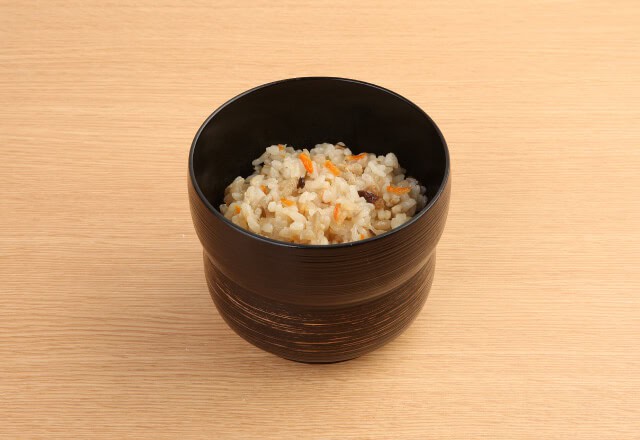
Actually, “Gohan (ã”飯)†is the polite word of “Meshi (飯)†as the “Go (ã”)†part of Gohan is a prefix to make a polite expression in Japanese. Thus, Meshi and Gohan basically mean the same things.
WHY IS RICE IMPORTANT IN JAPAN?
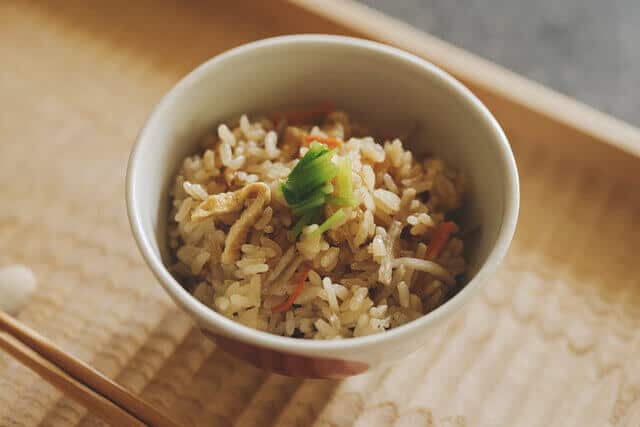
Rice is so important in Japanese society that it becomes the essence of the culture. Moreover, it manifests in numerous aspects of Japanese cultural life, ranging from folklore, festivals, and family rituals to arts, crafts, and cooking. The importance of rice in Japan can not be emphasize enough. Consequently, it is the source of traditional spirit, sake, and left as offerings to gods and ancestors. Rice cultivation happened for over 2,000 years in Japan.
THE GOLDEN RULE OF EATING RICE IN JAPAN
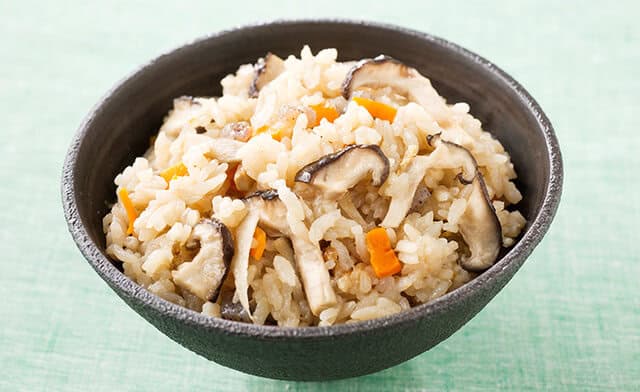
The golden rule is don’t pour soy sauce into your rice in Japan. As a result, you’ll get incredulous looks. The Japanese find subtle flavor in their rice that Westerners have a more challenging time appreciating. And when you eat sushi, again, dip the fish, not the rice, into the sauce.
RECOMMENDED KAYAKUMESHI RESTAURANTS
Daikoku
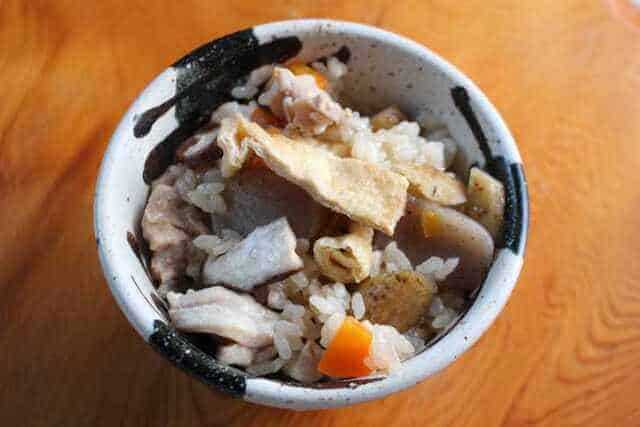
A long-established restaurant that is the origin of kayakumeshi. Daikoku is a set meal restaurant in Namba, Osaka. Founded in 1902, loved by the people of Osaka for a long time. “Kayaku rice” is an exquisite and popular menu. The Kayaku set (2 dishes of kayaku rice, soup, and side dishes) is Â¥1000 plus tax.
Kayaku Rice and Sake Kayaku

Kayaku Rice and Sake Kayaku is a “Kayaku Rice” shop in Kitamachi, Nara. For lunch, we serve “Kayaku rice” cooked in a flanged-iron pot. In the evening, it will transform into space where you can enjoy course meals with sake. You can enjoy it in a calm space that renovated from an old folk house.
Kaoriya
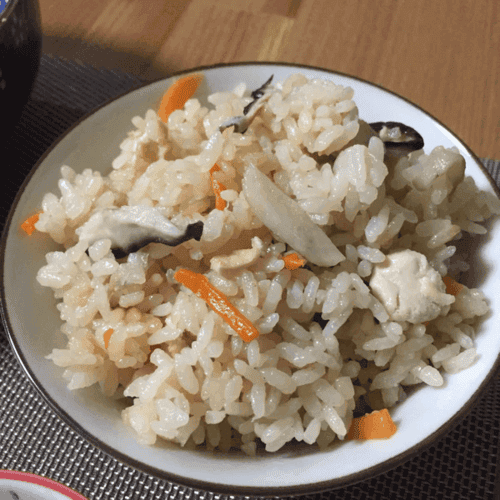
“Kaoriya” is a restaurant specializing in kayaku rice that offers kayaku rice cooked with plenty of ingredients, including seasonal ingredients. In addition to preparing a variety of kayaku rice, the store also sells rice balls and bento boxes. There are two types of standard kayaku rice, “chicken and gome” and “wagyu and burdock”. I put the ingredients in it and cooked it in a white sardine with bonito, mackerel, chin, urume, mejika, and Rausu kelp.
Hare
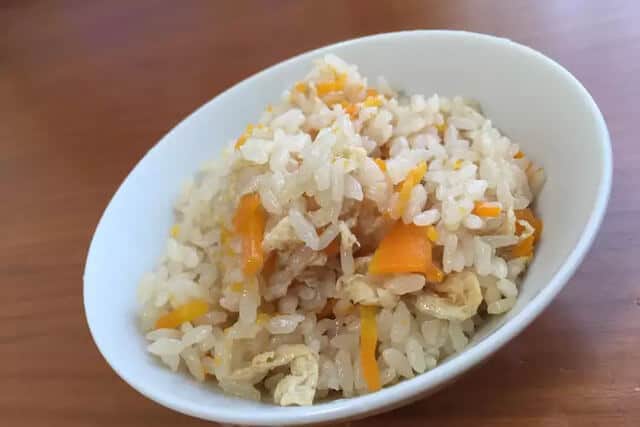
Hare is an Izakaya or a Japanese-style pub. You can replace the plain rice with kayaku rice and the shop will attend to it. The service is very polite and the barley tea will be served first, and when it is about half, it will be poured immediately. It is a very cozy shop. The menu Takikomi Gohan also known as Gomoku meshi or Kayakumeshi is a rice dish cook with additional ingredients and seasoning. The menu costs about ¥2500 per serving.
CONCLUSION
In a typical Japanese meal, a bowl of rice served with side dishes for variety and taste. Accordingly, they steamed and lightly seasoned the daily rice served with meals. Japanese cook and serve rice with different spices and adding delicacies to make it more nutritious. According to research, an individual Japanese person consumes about 119 grams of rice per day, around two and a half rice balls’ worth. Moreover, the Japanese do eat a smaller portion of a meal a day. With a single serving of rice, miso soup, two small vegetable dishes, and a single-serving protein dish. To sum up, smaller plates and varied plates naturally diversify the foods to eat and practice portion control.
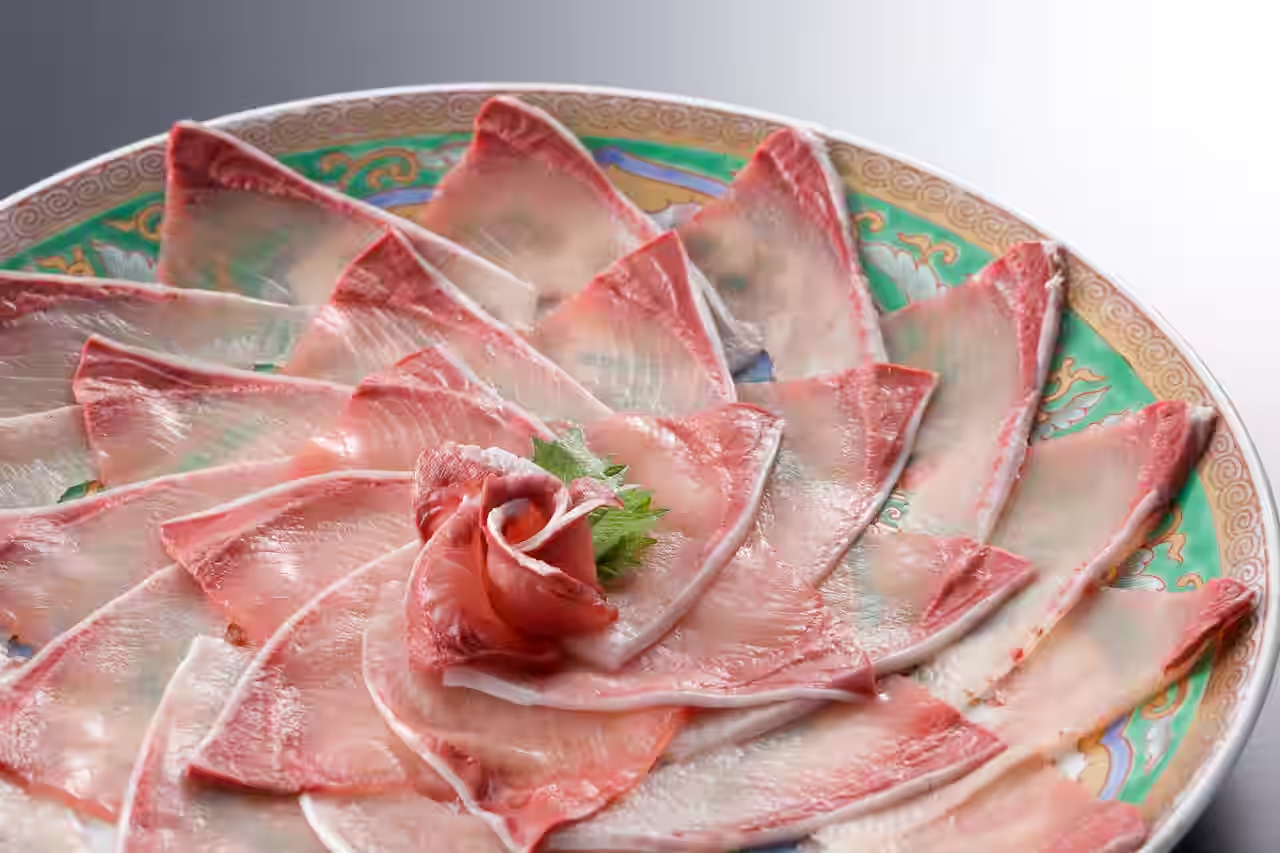
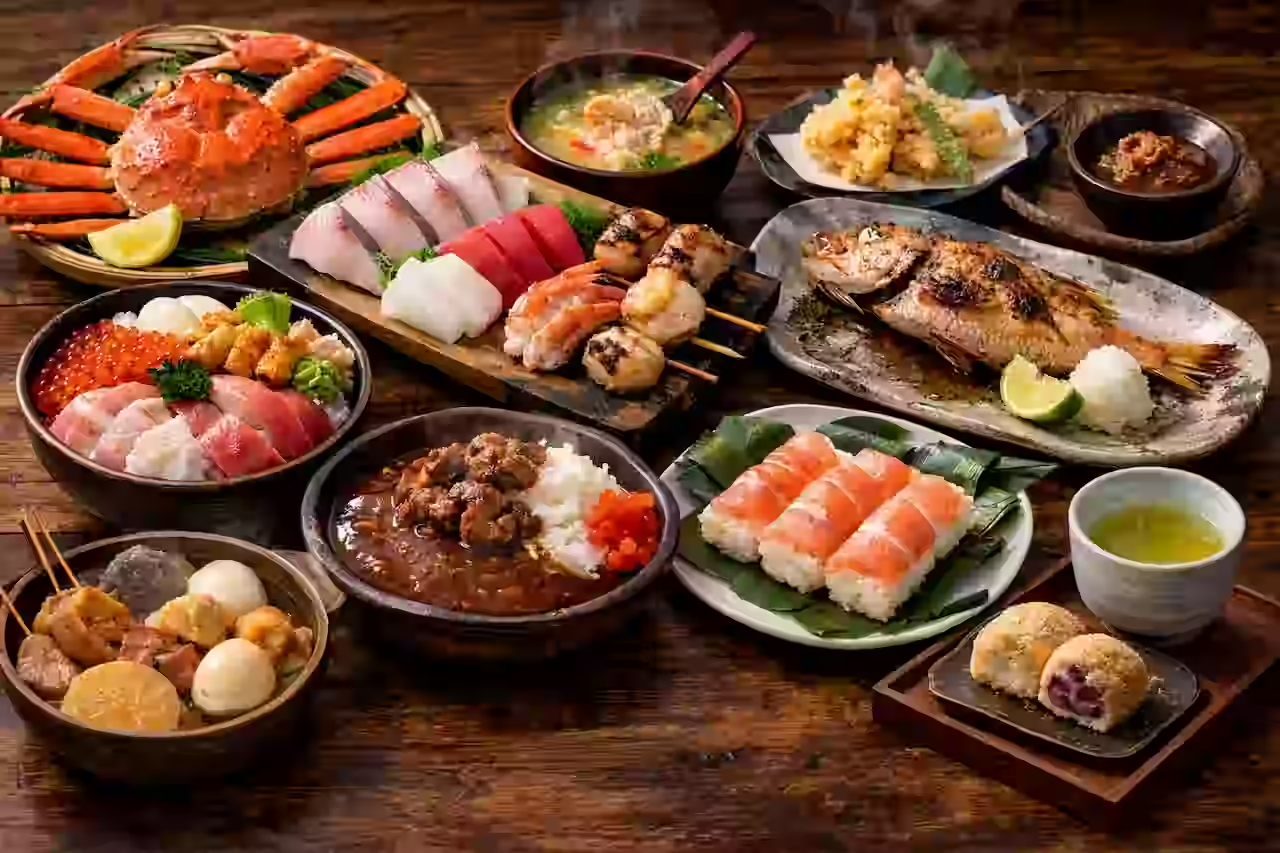
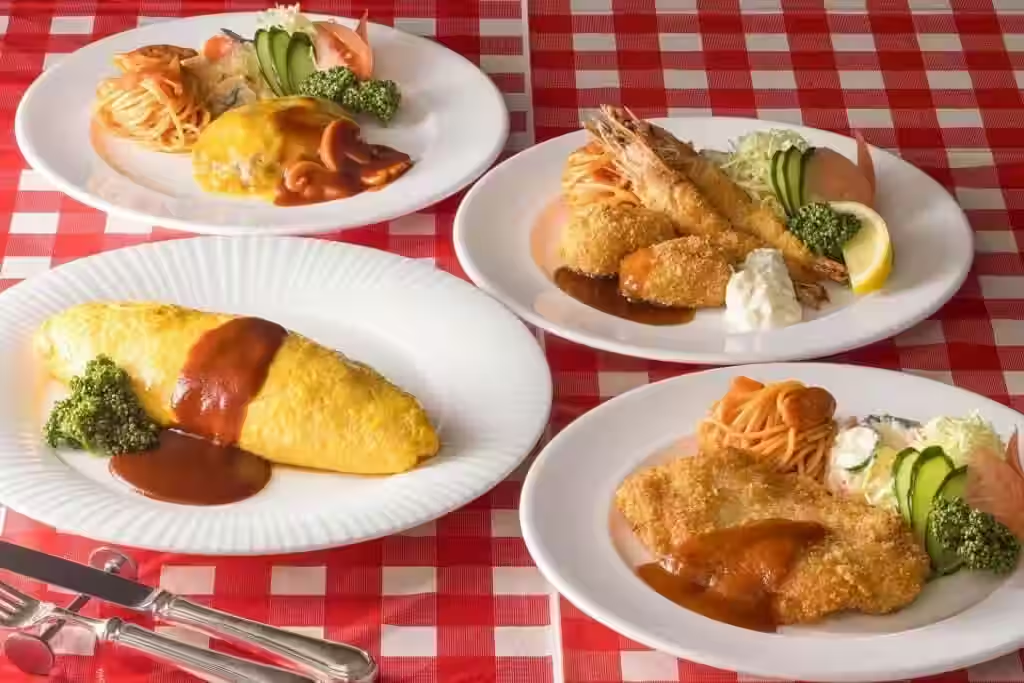
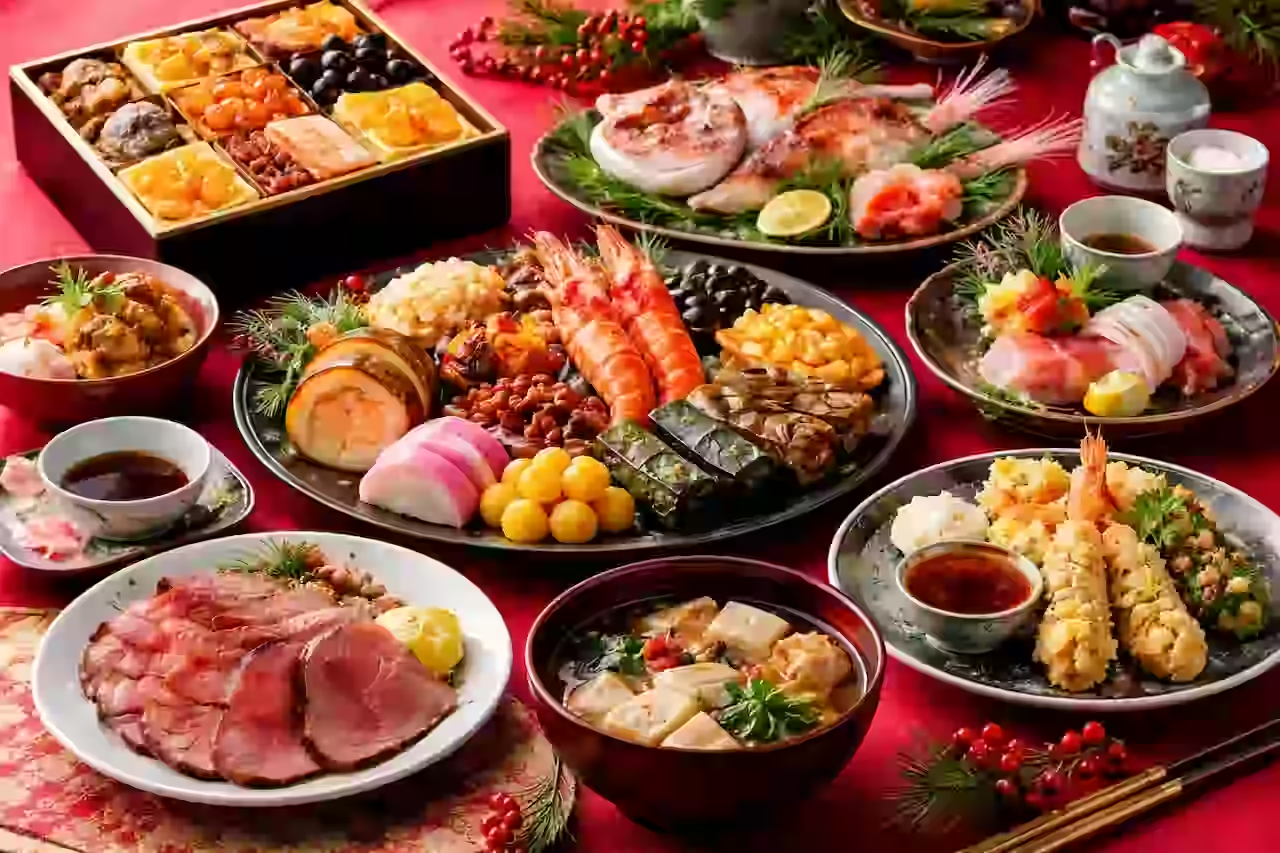
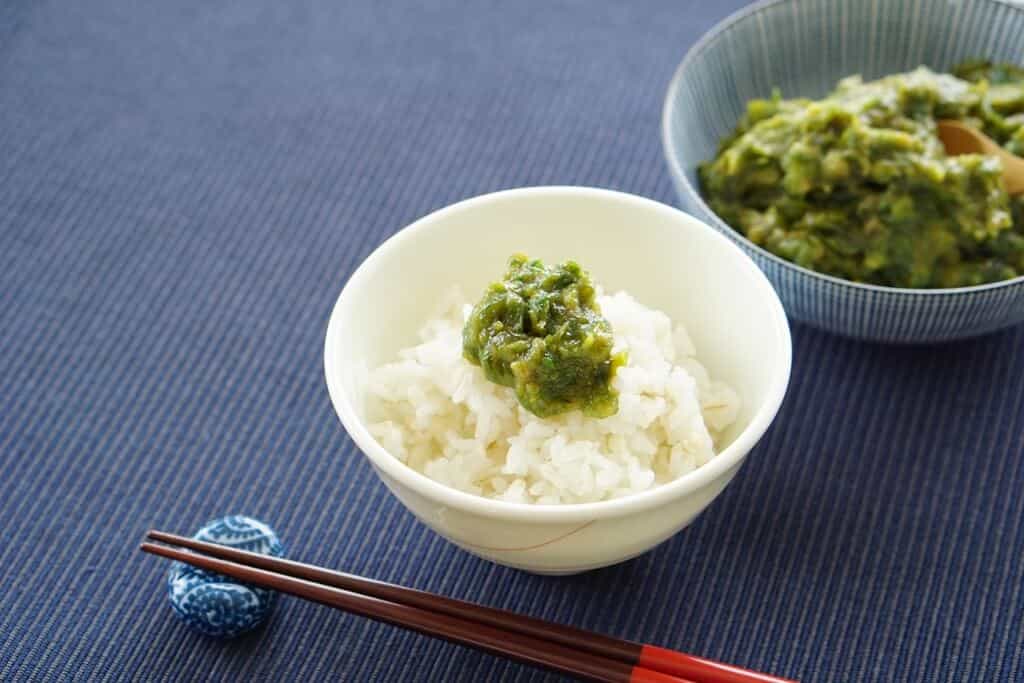

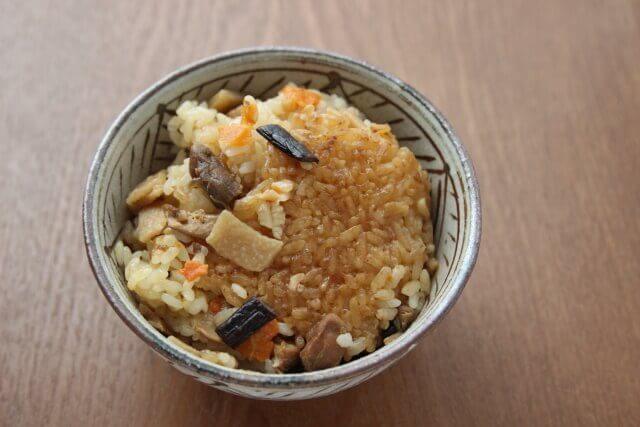
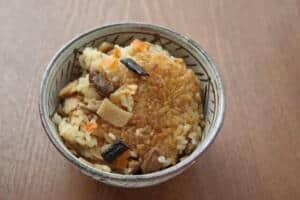
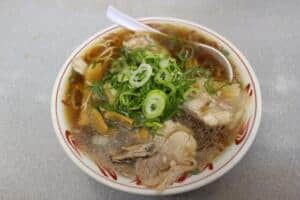
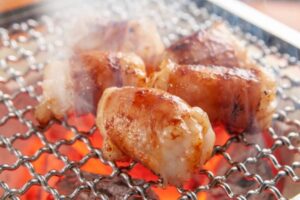
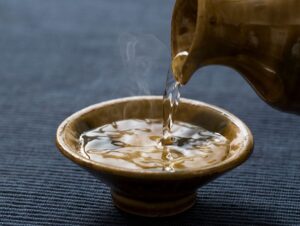
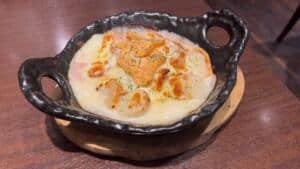
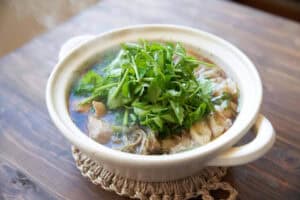

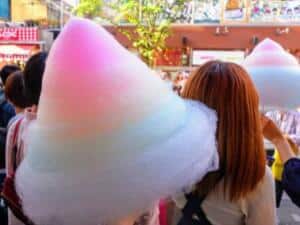
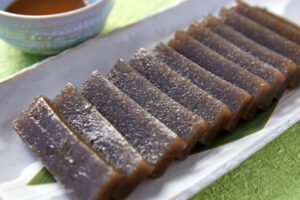
Comments